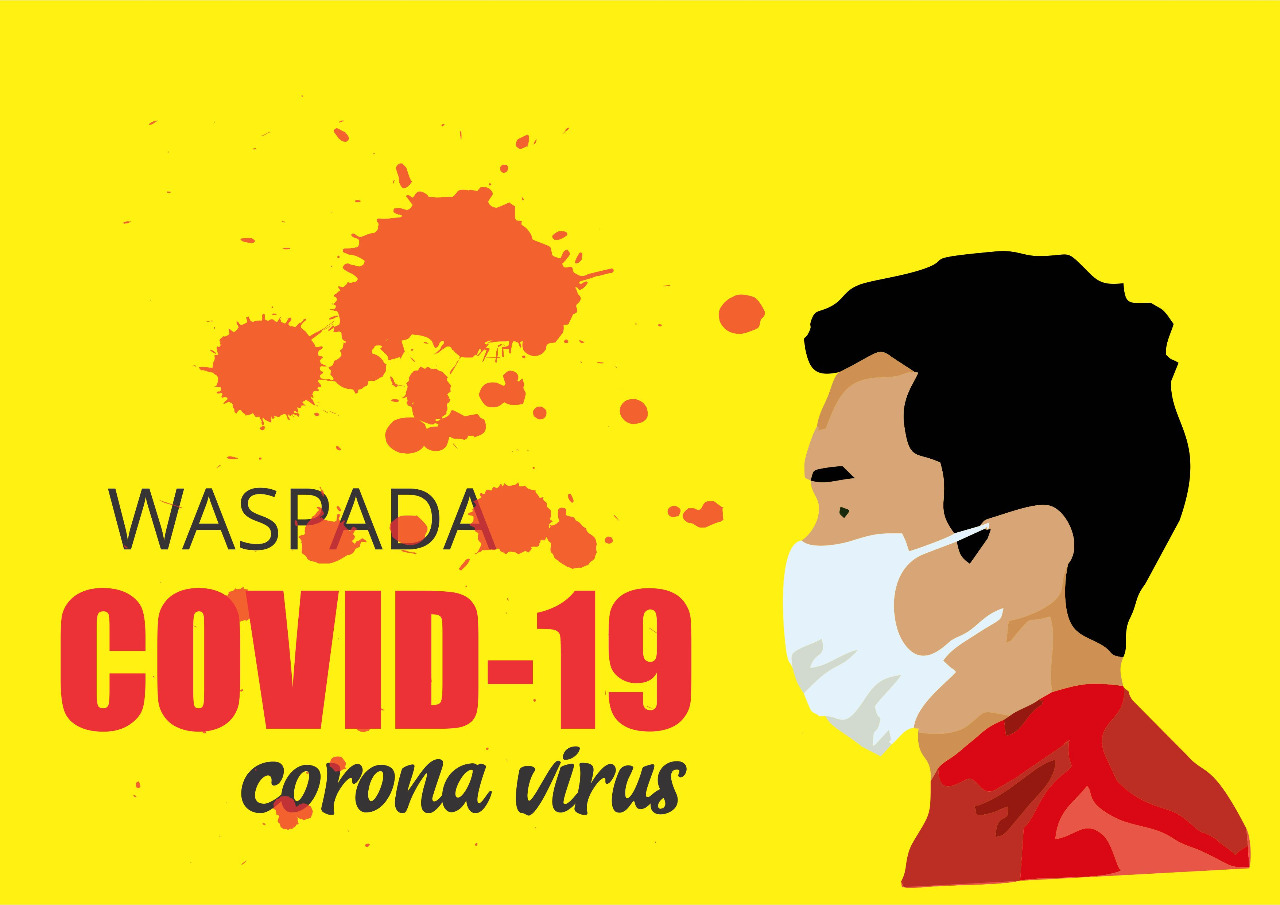
Gambling Addiction Treatment Center – Reduce the Risk With Electronic Scratch Cards
Gambling is simply the wagering some thing of worth on an occasion with an unknown final result with the primary purpose of winning something else in exchange. Like all forms of investing, there are advantages and disadvantages to gambling. Gambling however requires three key components to always be present: risk, consideration, and a payout. If these three things are present and balance is achieved then the gambling experience can be a very fun and satisfying one. Of course if one of these factors is missing then the gambling experience can be very painful as well.
So what are some of the factors that go into whether or not gambling addiction is present? Well the most obvious factor would be the gambling addiction itself. This can be seen in a number of ways. For instance if you are a gambler and you are continuously losing then it would be highly likely that you are addicted. The same can be applied to people who are constantly winning.
In addition to this, there are some other addictions that are associated with gambling that are much more difficult to identify. For instance gaming addictions are often associated with higher risk factors. Gaming addicts tend to have a greater tendency to be involved in high stakes games and this can increase the possibility of losing more money over time.
Betting disorders are another issue that has been made much worse with the proliferation of the internet. Gambling addiction and other addictions have now become associated with a lot of different activities that were previously related to only one type of addiction – gambling. For instance the number of people who are now involved in online betting has increased a lot and this includes lotteries. In the United States a lot of online lotteries have been developed. These lotteries now span the entire spectrum of the sports betting world and span many different states as well.
There is now a lot of money being put into gambling and sports betting ventures across the United States. This is not necessarily a good thing. With the internet gambling sites getting bigger every year this opens the door for more people to enter the gambling and betting industry. This means that there is going to be a greater amount of risk money involved as well. With more risk money comes a greater opportunity to profit from gambling. The problem arises when the underhanded practices of some unethical operators make it impossible to separate the good gambling sites from the bad.
As gambling and betting become more intertwined there are a growing number of people who are looking for ways to separate the good from the bad. Many gambling addiction treatment centers have been established to help people who are suffering from the problems associated with gambling and betting. However there is one thing that can help people gamble better and that is using electronic scratch cards. Electronic scratch cards are now being used by casinos and internet gambling sites as a way to reduce the amount of risk money involved in all kinds of gambling and betting. This is a step in the right direction to help people overcome their gambling addictions.


